Medical expert of the article
New publications
Preparations
Treatment of barley with antibiotics
Last reviewed: 04.07.2025

All iLive content is medically reviewed or fact checked to ensure as much factual accuracy as possible.
We have strict sourcing guidelines and only link to reputable media sites, academic research institutions and, whenever possible, medically peer reviewed studies. Note that the numbers in parentheses ([1], [2], etc.) are clickable links to these studies.
If you feel that any of our content is inaccurate, out-of-date, or otherwise questionable, please select it and press Ctrl + Enter.
A stye is an acute, painful infection of the eye that affects the upper or lower eyelid. Classically, a stye appears as a small pustule along the edge of the eyelid and can be distinguished from a chalazion, which tends to cause less inflammation and is more chronic.[ 1 ]
Between 90% and 95% of styes are caused by Staphylococcus aureus, with Staphylococcus epidermidis being the second most common cause. External styes are localized abscesses in the eyelash follicle, while internal styes are acute bacterial infections of the meibomian glands of the eyelid.[ 2 ],[ 3 ]
Three different glands in the eyelid are involved in the pathogenesis of hordeolum from S. aureus infection. Infection of the glands of Zeiss and Moll (ciliary glands) causes pain and swelling at the base of the eyelash with a localized abscess. Called external hordeolum, they have the typical appearance of a hordeolum with a localized pustule at the eyelid margin. The meibomian glands are modified sebaceous glands located in the tarsal plate of the eyelids. They form an oily layer on the surface of the eye that helps maintain proper lubrication of the eye. Acute meibomian gland infection results in internal hordeolum. Because of their deeper location on the eyelid, internal hordeolum has a less pronounced appearance than external hordeolum.
Chalazion occurs due to mechanical obstruction and dysfunction of the meibomian gland with subsequent stasis and blockage of sebum secretion. This condition tends to be subacute or chronic and presents as a painless nodule within the eyelid or at its margin.
Stye is usually a self-limited condition, resolving spontaneously within a week. Both internal and external styes are treated similarly. Warm compresses and antibiotic eye ointment applied twice daily are usually sufficient to speed healing and prevent spread of infection. There is little evidence to demonstrate the benefit of topical antibiotics, but antibiotic ointments are recommended for 7 to 10 days. Warm compresses should be applied for 15 minutes at least four times daily. Oral antibiotics are rarely indicated unless there is significant surrounding erythema and periorbital cellulitis is suspected. For very large styes requiring incision and drainage, referral to an ophthalmologist is advisable. A reassessment in 2 to 3 days is advisable to assess the response to treatment.[ 4 ],[ 5 ]
Indications antibiotics for barley
Barley is an acute inflammatory process in the sebaceous gland of the eyelid. Patients usually complain of the appearance of a painful inflammatory element:
- external (formed along the line of ciliary growth due to a purulent process in the Zeiss gland;
- internal (formed inside the eyelid as a result of a purulent process in the meibomian glands).
The pathological focus arises against the background of thickening, drying out or secretory stasis in the glands. When they are blocked, the protective system of the eyes is disrupted, a bacterial infection may join (most often the causative agent is Staphylococcus aureus). With the development of a local inflammatory focus with leukocyte infiltration, a purulent bursa or abscess is formed.
Treatment of barley with antibiotics is not indicated in all cases. Such drugs are prescribed for relapses of purulent inflammation, when treatment with conventional medications is ineffective, and also when complications develop.
Release form
Depending on the indications, the doctor may choose different methods of applying the drug. The drug can be applied to the inflamed area by applicator or instilled into the lacrimal sac. In general, the following variations of ophthalmological drugs can be used:
- antibacterial eye drops (oil or water-based solutions, packaged in sterile droppers or bottles);
- antibacterial eye ointments (applied to the stye, placed under the lower eyelid);
- antibacterial eye gels (used in the same way as ointment, but dissolve faster).
In case of an inflammatory process spreading from the focus to other tissues, it is recommended to use drops, since they reach the affected tissues almost immediately.
Eye ointments or gels are prescribed if long-term treatment is expected: such drugs are absorbed slowly, but their effect is longer lasting.
Oral forms of antibiotics for barley are rarely prescribed: the need to take tablets or capsules arises only when the pathology becomes chronic, or the patient has a pronounced weakness of the immune defense.
The doctor will announce the names of the most suitable antibiotic for treating barley after examining the patient. This can be either an eye ointment or gel, or drops, tablets or injections.
Let's look at some names of antibiotics used for barley in various forms of release:
- Eye drops: Albucid, Levomycetin, Ciprolet, Floxal, Sofradex, Penicillin 1% solution, Gentamicin, Erythromycin, Torbex, etc.
- Eye ointments: "Tetracycline ointment", "Erythromycin ointment", "Floxal" and "Torbex" in the form of eye ointment, "Eubetal", etc.
- Antibiotics for systemic use: Doxycycline, Ampicillin, Augmentin, Azithromycin, Gentamicin, Zitrolide, Cefazolin, etc.
Dosing and administration
Antibiotic ointments for barley
Ointment and gel preparations with antibiotics for barley are successfully used to eliminate the inflammatory process. Tetracycline or erythromycin ointments, Oftocipro, Floxan are considered effective. Ointments are applied directly to the barley area every 4-8 hours (unless otherwise recommended). If the treatment involves the use of both ointment and eye drops, the ointment is applied after instillation. Absorption of ointments occurs approximately within 20-30 minutes.
- Tetracycline eye ointment 1% is prescribed for bacterial (including chlamydial) infectious eye diseases. It is best to apply the ointment at night, in the morning and during the day - that is, three times a day, until the stye disappears. Possible side effects: allergy, redness and swelling of the eyelid, temporary "veil" before the eyes.
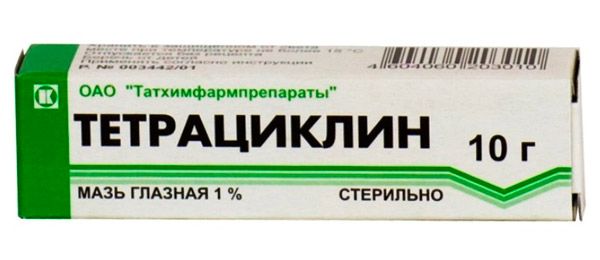
- Erythromycin ointment (10,000 IU 10 g) can be used if the appearance of barley is associated with the penetration of gram-positive bacteria, chlamydia, mycoplasma, ureaplasma, etc. into the tissue. Apply directly to the barley 3-5 times a day (if the barley is internal, then the ointment with the antibiotic is placed behind the affected eyelid).
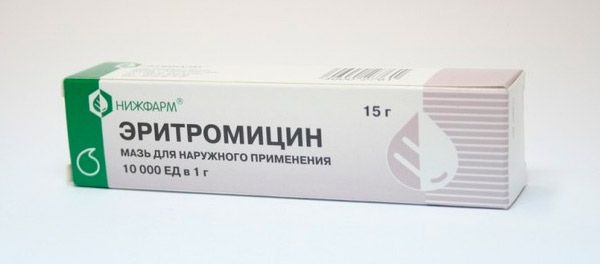
- Floxal ointment (Floxan) is an ofloxacin preparation (a fluoroquinolone antibiotic). The ointment is not prescribed to patients with an allergy to quinolones. It is used 3-5 times a day for 7-14 days (longer use is not recommended). The drug is usually well tolerated, since it has virtually no systemic effect. Sensitive people may experience an allergy.
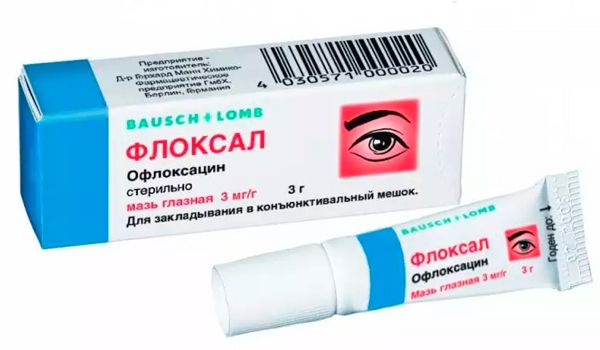
Antibiotic eye drops
Treatment of barley with antibiotics in the form of drops is appropriate if there are other inflammatory processes - for example, conjunctivitis. The pharmaceutical market offers quite a lot of such drugs, but the choice should always be left to the attending physician.
When instilling drops for barley, you should follow this sequence:
- Before the procedure, wash your hands and remove makeup from the eye area;
- hold the bottle with drops in your palm to warm up the solution;
- tilt your head back and put the required number of drops into the inner corner of the eye (both the affected and healthy one);
- Blink frequently, then close your eyes and rotate your eyeballs to distribute the medicine evenly.
If the doctor has prescribed different types of drops, they should be instilled at intervals of at least 20 minutes. In most cases, treatment of barley with antibiotics in the form of drops occurs 2-6 times a day, depending on the chosen medication and the severity of the infectious and inflammatory focus.
The most common antibiotic drops for treating barley are:
- Albucid drops (another name is sodium sulfacyl) are an antibacterial solution that is often prescribed for conjunctivitis, blepharitis, purulent ulcerative processes of the cornea, and also for barley. The drug is dripped into both eyes up to six times a day, after making sure there is no allergy. Possible side effects: a burning sensation in the eyes (passes after a few seconds).
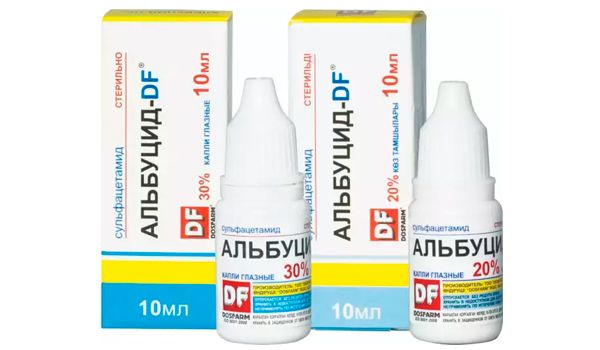
- Drops "Levomycetin" (chloramphenicol) - an antibiotic that stops the development of the infectious and inflammatory process, prevents complications, accelerates recovery. Among the contraindications to the use of drops Levomycetin: allergies, fungal eye infections.
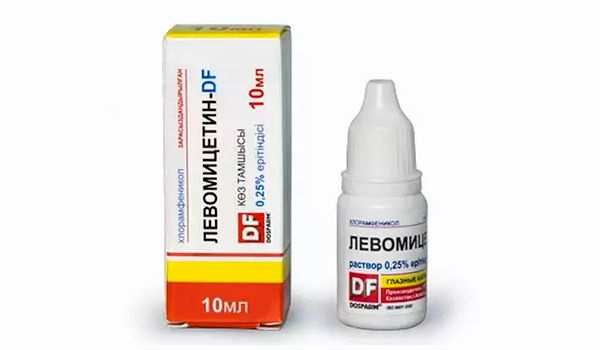
- Drops "Tsiprolet" - a drug of ciprofloxacin. It is used for 10-14 days, 1-2 drops every 4 hours. After the condition improves, the dosage and frequency of use are reduced. Contraindications: allergy.
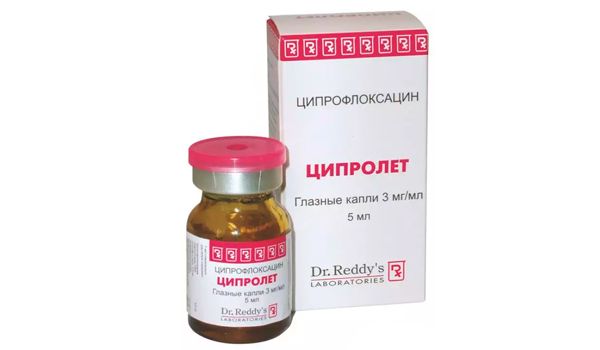
Antibiotics for barley in tablets and ampoules
Treatment of barley with antibiotics in tablets is rarely practiced, since the disease in most cases is perfectly treated with local action. Tableted antibiotics can be recommended for recurrent multiple barley, as well as for the development of systemic complications.
Only a doctor can recommend taking antibiotics. Self-medication is prohibited.
- Doxycillin in tablet form is taken for 5-10 days at 200 mg in 1-2 doses on the first day of treatment of barley, then - 100 mg per day. The drug should be washed down with a large glass of water and avoid taking it immediately before bedtime.
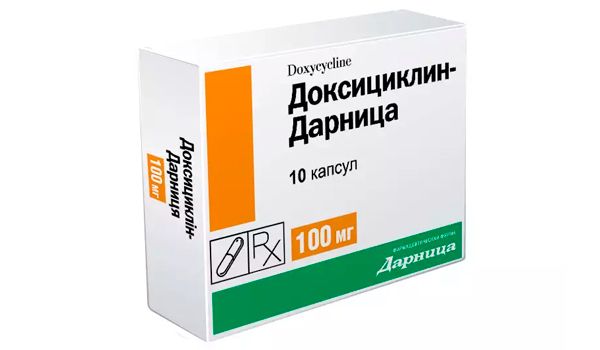
- Cefazolin is an injection drug that is administered intramuscularly in an average daily dose of 1 to 4 g. The frequency of injections is three times a day. The duration of treatment for barley with the antibiotic Cefazolin is 1 week. Possible side effects include: allergy, convulsions.
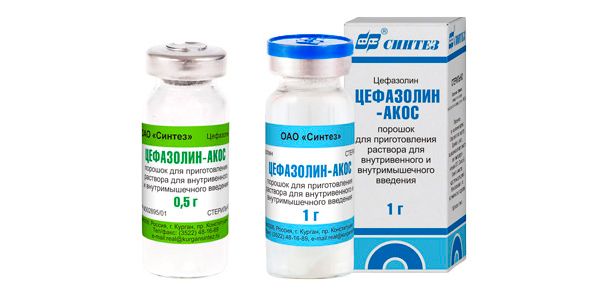
The most effective antibiotics for treating barley are considered to be Doxycillin, Sumamed, Ampicillin, Azitrox, Amoxiclav and their analogues.
Therapy methods for the infectious process are selected in accordance with the stage of the disease. Anti-inflammatory drugs and antibiotics are more appropriate at the stage preceding the opening of the capsule.
Since the development of the pathological focus is significantly influenced by the quality of immune protection, doctors recommend supplementing the treatment of barley with antibiotics with proper nutrition and the use of multivitamin preparations.
Attention!
To simplify the perception of information, this instruction for use of the drug "Treatment of barley with antibiotics" translated and presented in a special form on the basis of the official instructions for medical use of the drug. Before use read the annotation that came directly to medicines.
Description provided for informational purposes and is not a guide to self-healing. The need for this drug, the purpose of the treatment regimen, methods and dose of the drug is determined solely by the attending physician. Self-medication is dangerous for your health.

